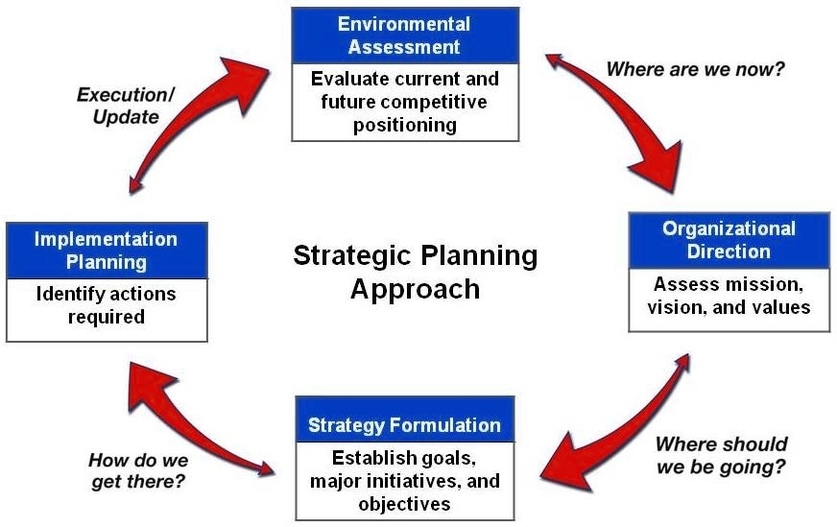
Zuckerman’s Planning Pyramid is a framework for planning content area instruction that meets the diverse needs of students. It helps teachers prioritize content and choose appropriate instructional methods for different levels of learners. Here is a brief summary of Zuckerman’s Planning Pyramid in about 1000 words:
The Planning Pyramid is based on the idea that not all students need to learn the same amount or type of information from a content area lesson. Some students may need to master only the essential concepts, while others may benefit from more in-depth or enriched learning. The Planning Pyramid helps teachers identify the most important content for all students, as well as the additional content for some or a few students.
The Planning Pyramid consists of three levels: the base, the middle, and the top. The base level represents the essential content that all students must learn. This content should be aligned with the state or district standards and objectives, and should be relevant, meaningful, and engaging for students. The base level content should be taught using explicit and direct instruction, with frequent checks for understanding and feedback. The base level content should also be assessed using multiple measures, such as tests, quizzes, projects, or portfolios.
The middle level represents the expanded content that some students may learn. This content should build on the base level content and provide more details, examples, or applications. The middle level content should be taught using flexible and differentiated instruction, such as cooperative learning, peer tutoring, or learning centers. The middle level content should also be assessed using alternative or authentic assessments, such as performance tasks, demonstrations, or self-evaluations.
The top level represents the enriched content that
